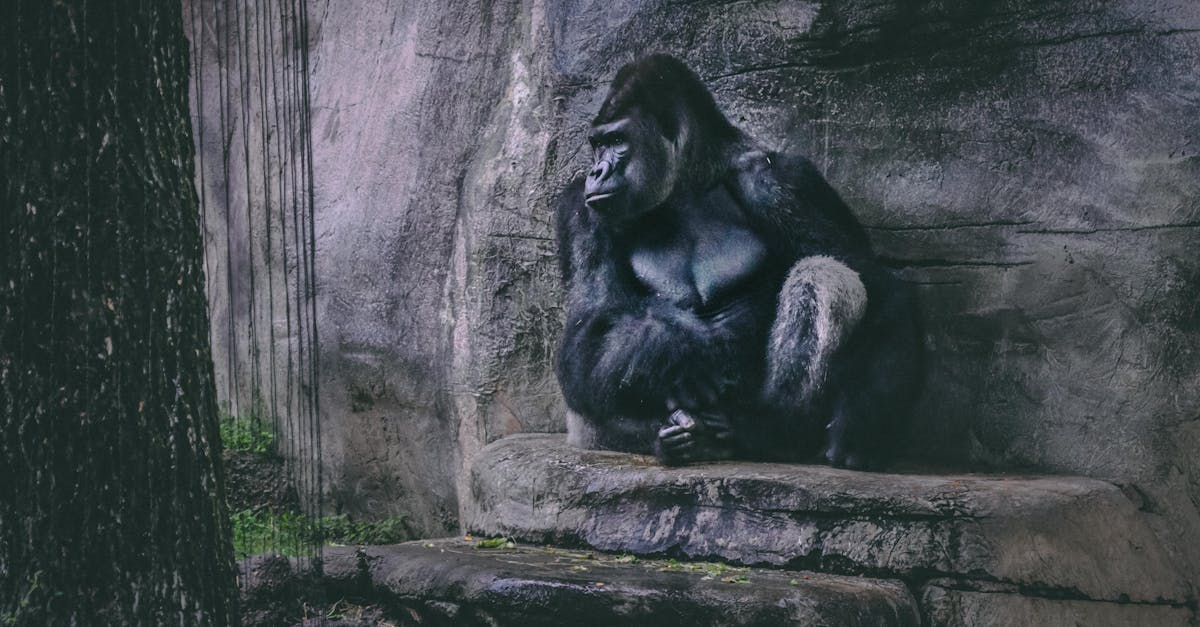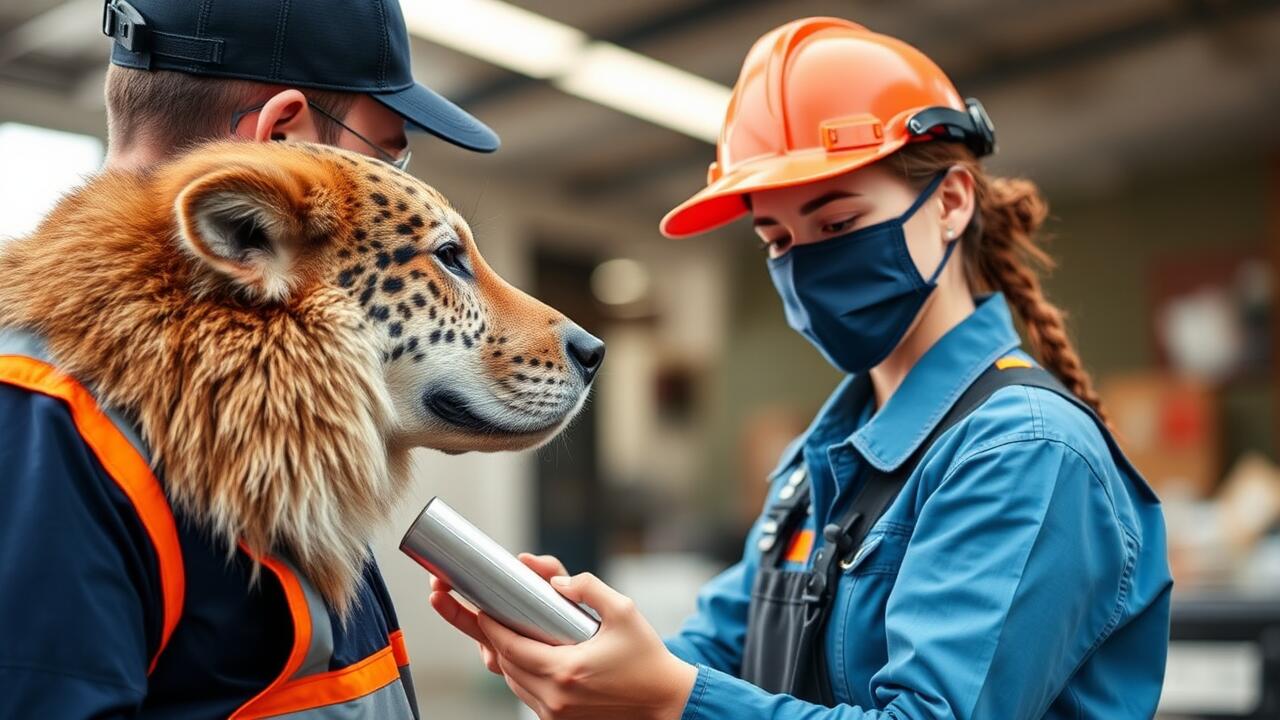
Animal Encounters in Therapeutic Settings
Animal encounters play a significant role in therapeutic settings, enhancing mental and emotional well-being. The presence of animals can create a calming environment that encourages patients to express themselves more freely. Many therapy programs incorporate animals, such as dogs or horses, to facilitate connections and trust, making them effective tools in treatment.
These interactions have shown promise in various therapeutic contexts, contributing to reduced anxiety and improved social skills among participants. Through animal encounters, individuals often experience increased motivation and engagement during therapy sessions. This connection with animals can foster a sense of responsibility and improve overall emotional health.
Click here for additional info.
Benefits of Animal-Assisted Therapy
Animal-assisted therapy has gained recognition for its profound impact on emotional and physical well-being. Interacting with animals during therapy sessions often promotes relaxation and comfort. Patients frequently exhibit reduced anxiety levels when engaged in animal encounters, fostering a sense of safety and companionship. This bond can encourage openness in discussions, facilitating progress in therapeutic goals.
The presence of animals can also motivate individuals to participate more actively in their treatment plans. Engaging in activities that involve animal encounters can enhance physical skills such as fine motor coordination and balance. Therapy animals often provide a non-judgmental presence, allowing patients to express their feelings more freely. This dynamic not only contributes to emotional healing but also improves overall outcomes in various therapeutic contexts.
Here is a great resource for anyone looking to expand on this topic.
Risks Associated with Animal Encounters
Animal encounters can present various risks, especially when interacting with unfamiliar or wild animals. Physical injuries can occur from bites, scratches, or other aggressive behaviors, particularly if the animal feels threatened or cornered. Allergic reactions may also arise from exposure to fur, dander, or secretions, making it essential for individuals with known sensitivities to exercise caution. Additionally, animals may transmit diseases, such as zoonoses, which can affect humans through direct contact or environmental exposure.
Mental and emotional risks accompany animal encounters as well. Individuals with previous trauma may experience heightened anxiety or fear in the presence of certain animals, leading to distressing reactions. Furthermore, expectations of a positive interaction may not always align with reality, potentially leading to disappointment or negative experiences. Recognizing these risks is crucial for ensuring a safe and enriching environment during animal encounters.
Safety Precautions to Consider
Engaging in animal encounters can provide numerous benefits, but it is essential to prioritize safety to mitigate risks. Individuals should ensure that they are interacting with animals that have been properly trained and handled. This involves understanding the animal's behavioral cues and respecting their space. Approaching animals with caution and allowing them to acclimate to human presence can help create a safe environment for both the participant and the animal.
In addition to understanding the animal's behavior, proper hygiene practices are crucial during animal encounters. Washing hands after contact and avoiding eating or drinking while interacting with animals will help prevent the transmission of zoonotic diseases. Participants should also be aware of any allergies they may have, as reactions can vary significantly. By taking these safety precautions, people can enjoy the therapeutic benefits of animal encounters while minimizing potential health risks.
Animal Encounters in Literature and Art
Animal encounters have long been a source of inspiration in literature and art. Many authors and artists explore the intricate relationships between humans and animals, highlighting both the beauty and complexity of these interactions. In various narratives, animals often serve as symbols or metaphors, representing deeper themes such as freedom, loyalty, or the wild aspects of human nature. The portrayal of these encounters invites readers and viewers to reflect on their connections with the animal kingdom.
In addition to serving as symbols, animal encounters can also reveal insights into human characteristics and societal norms. Through these interactions, characters can experience personal growth or transformation, emphasizing the lessons learned through relationships with animals. This dynamic can be seen across multiple genres, where animals often challenge or enhance human experiences. The vibrant imagery and emotional depth associated with animal encounters enrich the storytelling and artistic expression, evoking a sense of wonder and connection.
Symbolism and Representation
Animal encounters have long served as powerful symbols in literature and art, often representing deeper emotional connections and insights. Through these interactions, animals can embody elements of the human experience, reflecting qualities such as loyalty, freedom, or resilience. Characters in stories frequently use their relationships with animals to explore themes of companionship and self-discovery, inviting readers to consider the lessons these encounters impart.
In artistic representations, animals have taken on various meanings, influenced by cultural contexts and individual interpretations. For instance, a deer might symbolize gentleness and peace, while a lion often represents strength and courage. These associations enhance the narrative of animal encounters, allowing the viewer or reader to engage more profoundly with the underlying messages conveyed in the work. Such symbolism enriches our understanding of human emotions, driving the significance of animal encounters into more profound realms of thought and feeling.
FAQS
What is meant by "animal encounter"?
An animal encounter refers to a direct interaction or experience with an animal, which can take place in various contexts, such as therapeutic settings, recreational activities, or natural environments.
How can animal encounters be beneficial for therapy?
Animal encounters in therapeutic settings, such as animal-assisted therapy, can provide emotional support, reduce stress, promote social interaction, and improve overall mental health for individuals.
Are there risks associated with animal encounters?
Yes, there can be risks associated with animal encounters, including allergies, bites, or other injuries. It is important to approach animal interactions with caution and awareness of potential hazards.
What safety precautions should be taken during animal encounters?
Safety precautions include ensuring the animal is properly trained, supervising interactions, educating participants about animal behavior, and having emergency plans in place for unexpected situations.
How are animal encounters represented in literature and art?
In literature and art, animal encounters often symbolize various themes such as companionship, freedom, and the connection between humans and nature. They can serve as metaphors for personal growth, transformation, and emotional experiences.

